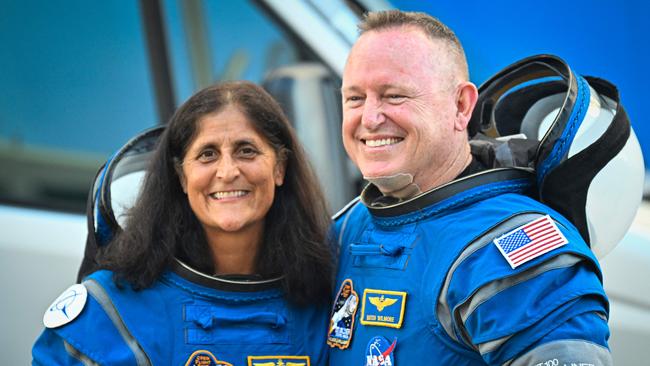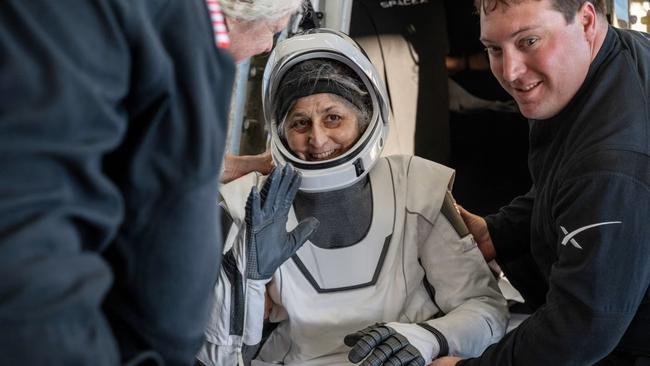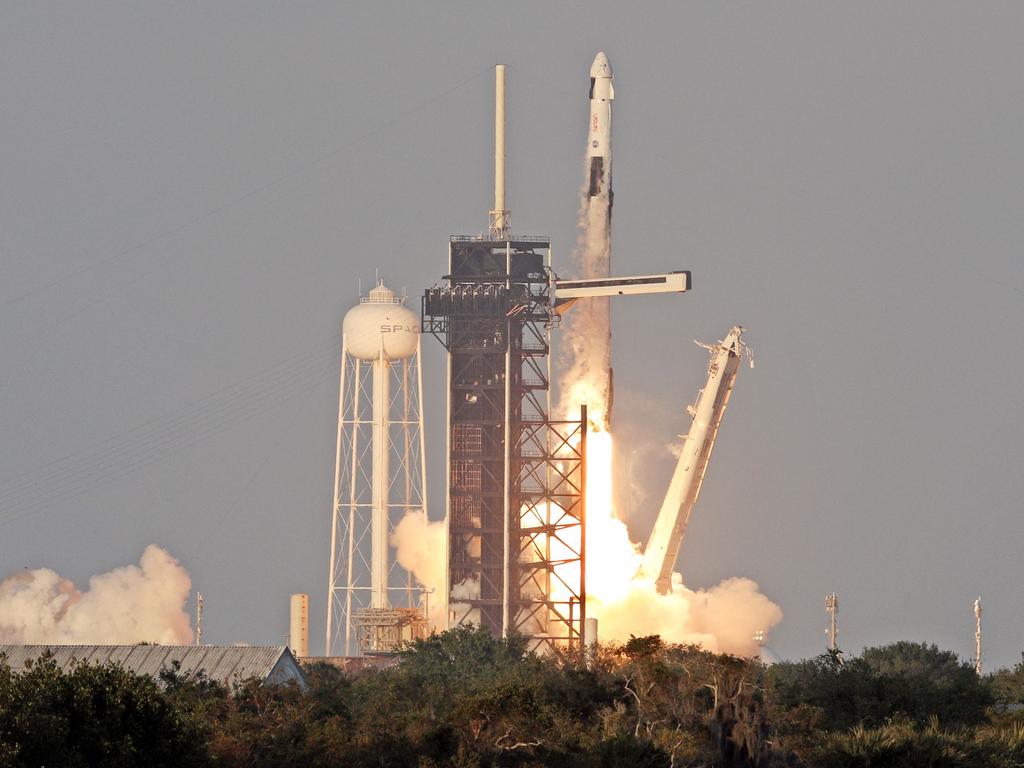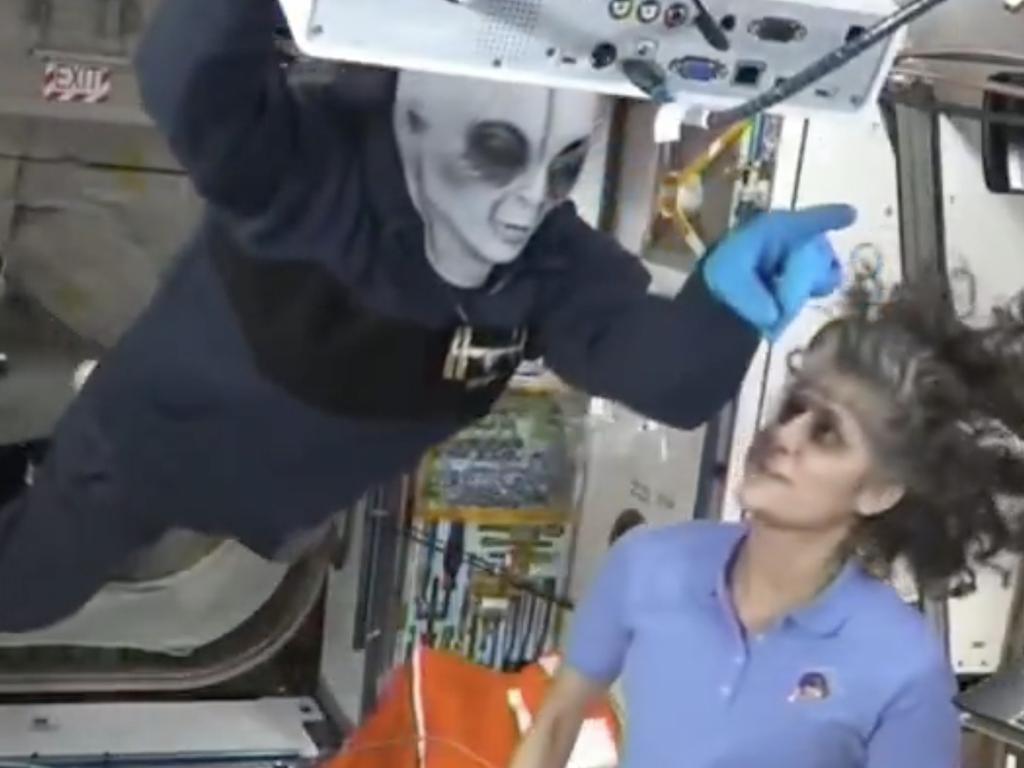NASA astronauts get used to life on Earth after orbital saga
Barry Wilmore said that astronauts, NASA and Boeing need to spend time analyzing the Starliner mission to improve future flights: ‘We all own this’.

Hugs with family, grilled cheese and sneaking in a run — the NASA astronauts who were posted up in orbit for months are getting used to life back on Earth.
On Monday, Barry Wilmore and Sunita Williams, often called Butch and Suni, said they were adjusting following their extended stay in low-Earth orbit. All told, the duo spent 285 days on the International Space Station, flying more than 121 million miles while zooming around the planet.
Williams said she is feeling well and getting used to gravity again. On the station, crew members float around, affecting their health, including muscle mass and bone density. Returning astronauts work with medical staff and trainers.
“It’s pretty much a miracle to see how your human body can adapt,” she said. The first day, “we were all a little bit wobbly at that time.” The duo returned from the International Space Station about two weeks ago, delivered from the facility with two others on one of SpaceX’s Crew Dragon vehicles.

Their safe return marked the end of a saga that captured public attention, given the twists and turns to their flight and how both had to deal with curveballs. Wilmore and Williams launched for the ISS last summer to test Boeing’s Starliner spacecraft on its first-ever human flight.
Instead of a short stopover at the facility between testing Starliner, the pair ended up staying on board for more than nine months because of problems that emerged in the vehicle’s propulsion system.

During the briefing Monday, Wilmore said astronauts, the National Aeronautics and Space Administration, and Boeing need to spend time analyzing what happened during their mission to improve future Starliner operations.
“Certainly, there’s responsibility throughout all the programs, and certainly you can start with me,” said Wilmore, who served as commander during the Starliner flight up to the station. “We all own this.” Boeing leaders are slated to meet with the astronauts this Wednesday, Wilmore added.
Officials from NASA recently said the agency and aerospace company continue to work toward certifying Starliner, or giving it an official green light to conduct future missions taking astronauts to and from the ISS. The next Starliner flight could occur toward the end of this year and may include crews or ferry cargo, according to NASA.
NASA has long wanted to have two different U.S. vehicles available for space station transport. SpaceX has been flying crewed missions for the agency since 2020.
For Williams and Wilmore, a big part of the return is enjoying time with loved ones and comforts that aren’t easily accessible when 250 miles above the planet. Williams mentioned digging into a grilled-cheese sandwich, wanting to hug her husband and dog and prepping for some time off at a home in New England.
Wilmore said it was difficult to be away from family for the extended period, but he worked to prepare them, given the uniqueness of his job in NASA’s astronaut corps.
“In my family, we talk about these possibilities,” he said Monday. “We discussed all of this. We never said we were going to be gone for nine months, but it turned out that way.”
The Wall Street Journal



